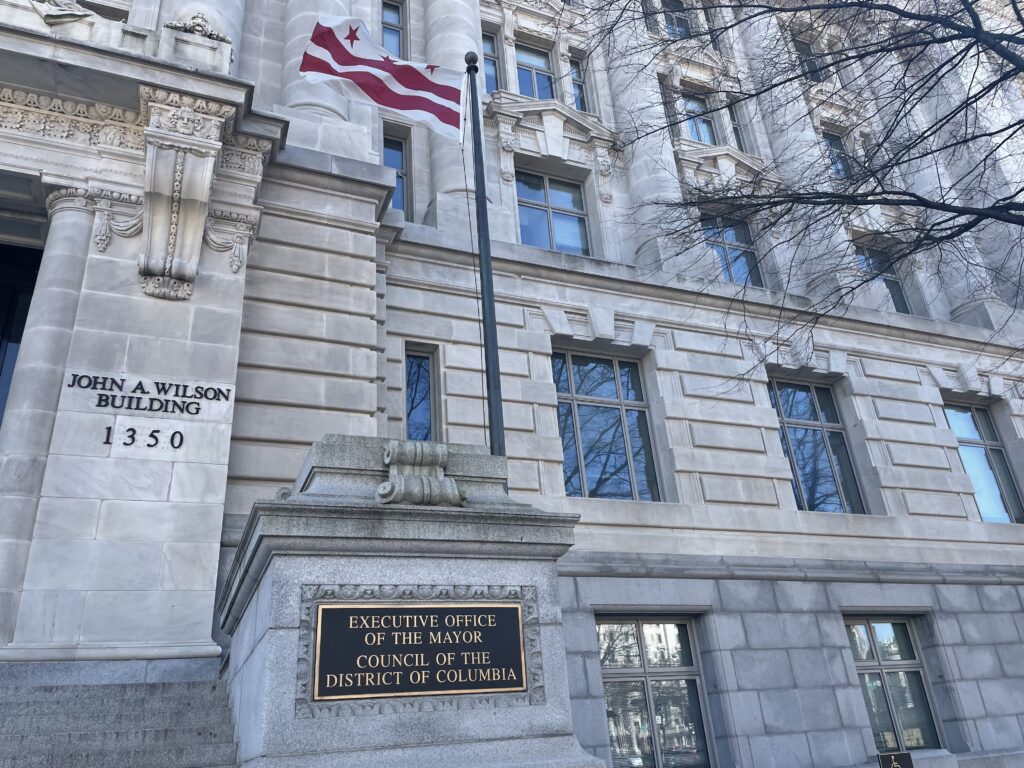HUD’s definition will recognize individuals who are doubled up and live in hotels as homeless
A single father and his 10-year-old son lived in a doubled-up situation for six weeks and were asked to leave their friend’s house. They thought they had found an apartment, but the move-in date was pushed back one week. Living in a shelter was not an option because the father worked the late-night shift as a cab driver and shelters do not allow children to be left unattended.
According to HUD’s current definition of homelessness, the father is homeless because he sleeps on the streets, but the son is not homeless because he is couch-hopping with various relatives, the National Policy and Advocacy Council on Homelessness (NPACH) said. HUD is altering its definition of who is considered homeless to include those living in doubled-up situations, youth and other individuals who are on the brink of homelessness like the father and son.
“There has been a longstanding discussion about whether to expand this definition for HUD’s programs,” said HUD spokesperson Brian Sullivan. “Challengers said that expanding the definition would dilute the impact of HUD’s programs by making more people eligible for them, especially those people who are beyond those who are counted as technically homeless. Proponents said it will provide services to others who weren’t previously counted as homeless by HUD.”
The main goal for HUD’s updated definition is to provide clarification of the terms “homeless,” “homeless individual,” “homeless person” and “homeless individual with a disability” in accordance with the Homeless Emergency Assistance and Rapid Transition to Housing (HEARTH) Act.
“Every point when the HEARTH Act was vague, it gave HUD the opportunity to interpret it,” said Jeremy Rosen, policy director at the National Law Center on Homelessness and Poverty. “We hoped HUD would interpret it broadly, but it seems to have interpreted it as narrowly as possible.”
The National Association for the Education of Homeless Children and Youth recommends that HUD’s definition of homelessness be aligned with the U.S. Department of Education’s more realistic description. Rosen concurs: “We hope that HUD’s definition will mirror the Department of Education’s definition, which is broader and covers people living with others and in motels.”
The Department of Education defines “homeless children and youth” as individuals who lack a fixed, adequate, and regular nighttime residence. The definition includes children and youth who are sharing the housing of others due to a loss of housing, economic hardship or a similar reason. It also includes children and youth who are living in motels, hotels, trailer parks or camping grounds due to the lack of alternative accommodations.
Living in doubled-up conditions poses harmful effects on children. “In these living environments, there is a lack of privacy, sleeping patterns are interrupted, family members have no space to themselves, and their well-being depends on other’s economic conditions,” said HUD’s Assistant Secretary Mercedes Márquez. It is necessary for HUD to recognize these individuals as homeless.
Difficulties with Documentation
One of the largest areas of contention in HUD’s new definition is its requirement of evidence to prove that one is homeless, which some service providers think is unnecessary. Many people think that homelessness does not fit into the bureaucratic system.
“An oral statement should be sufficient because who is going to write a letter that says that they are kicking someone out of their home,” Rosen said. “HUD is going beyond what the law says and we don’t think that it is necessary.”
Ruth White, a member of NPACH’s board of directors, agrees. “If a family or individual is homeless and they can describe their story to you, you should take their word,” White said. “One of the most troubling aspects of homelessness verification is that it comes down to believability. Service providers have to make a decision about whether or not a person will receive services. And even though we try to address our prejudices, that decision may sometimes come down to a person’s race, class, appearance or personality, and we may hold their lack of evidence against them because of these prejudices. Self-verification by the individual saying that they are homeless should be enough proof. The amount of time and labor that is spent verifying people are homeless is a questionable use of HUD’s funds.”
The verification process also poses problems to individuals who are providing shelter to homeless individuals and families.
“The logistics become a problem when you are doubled up with a family that’s in public housing,” White said. “In order to receive services from HUD, you must provide evidence of your doubled up housing experience. However, if that public housing family said that you have been staying in their apartment, they will get evicted. So now there are two families who are homeless.”
Neil Donovon, executive director of the National Coalition for the Homeless, said that if HUD is going to require written evidence, it is necessary to clearly state in the definition that the listed sources are only examples of evidence.
“Rather than saying that these are the conditions under which it will occur, what we are saying is that these are clarifying because they are examples, not simply a set of actions that limit the definition of who become homeless,” Donovan said. “A lot of times, service providers will say that ‘HUD says that it is this, this or this, so what do you fall under?’ People will generally respond, ‘Well, what happened in my case is this…,’ prompting service providers to say, ‘Well, you have to be one of these three cases that I mentioned.’ Therefore, HUD’s new definition must clarify that these are just three examples and that people do not have to fall solely under those categories.”
Counts Expected to Rise
HUD’s proposed changes are projected to have a sizable impact on homeless assistance programs. Prior to this update, HUD did not count those living in doubled-up conditions or in motels as homeless in their annual point-in-time enumeration. In 2009, the report counted 643,000 persons as homeless on a given night in the United States.
There were 11,774 individuals counted as homeless in the D.C. metropolitan region at that same time. The upcoming enumerations, which help policymakers and service providers determine how to address homelessness in their communities, will more accurately reflect the number of homeless individuals after this definition change.
The updated definition will also increase the number of people who are eligible for assistance through continuum of care programs. Other programs, particularly transitional housing programs, may need to evaluate how they target their assistance and will have to determine how they will serve people who are newly covered under the updated definition.








